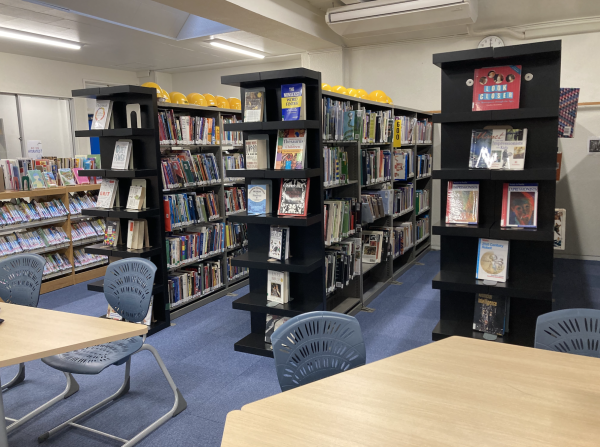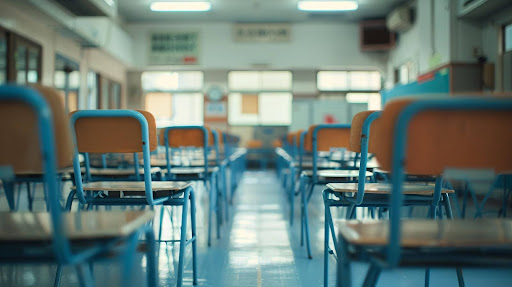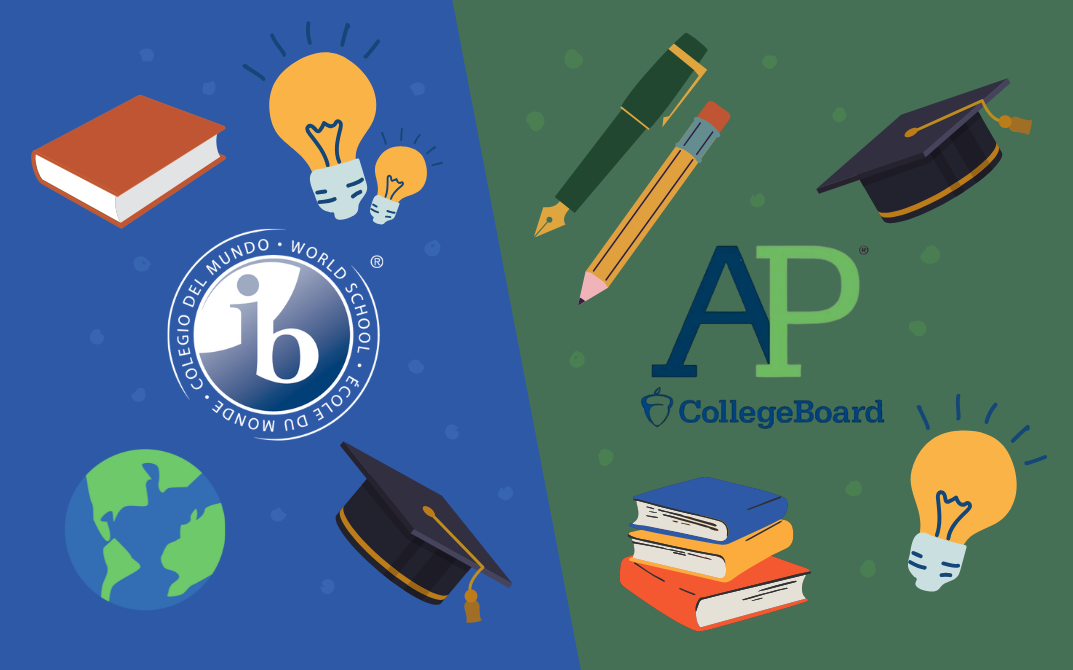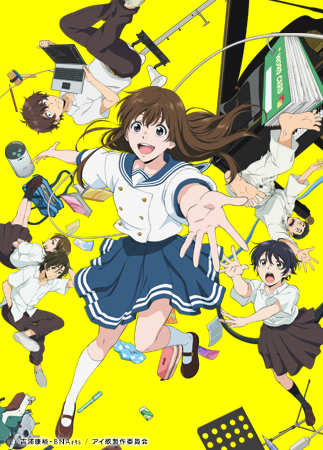Inside the bustling library at ISSH, students of all ages fill the tables. From lunchtime to after school, lively chatter fills the air. With some students studying for tests and others taking solace in the quiet areas, the library is being used as a learning center instead of just a place to borrow books. By being able to access so much information online, students are using physical resources less and less.
New technology and online media are forcing libraries to change their ways and adapt in order to stay relevant. From books and newspapers to magazines and movies, digital versions are being created to make everything easily accessible. These changes are assisting the decline of printed media and the rise of electronic resources. Electronic books (ebooks) are here to stay, but they may not benefit libraries or even readers.
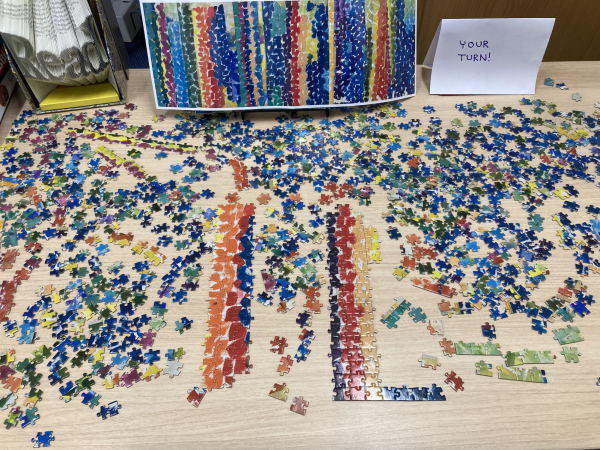
Libraries are forced to move to more unconventional methods in this digital age. Public libraries, specifically, are becoming more community-driven, where different ages can interact. Now, public libraries are places where people can come together by doing activities such as arts and crafts, including digital literacy courses. To continue fostering a community, public libraries are focusing more on physical items. Ms. Erica Hashimoto (K-12 Librarian at ISSH) describes how libraries “have started lending out other things besides books” from dolls to musical instruments and even fishing rods. The library at ISSH is also adapting in similar ways, with the addition of board games and puzzles. Students are able to use the library space and the games provided to socialize with their classmates.
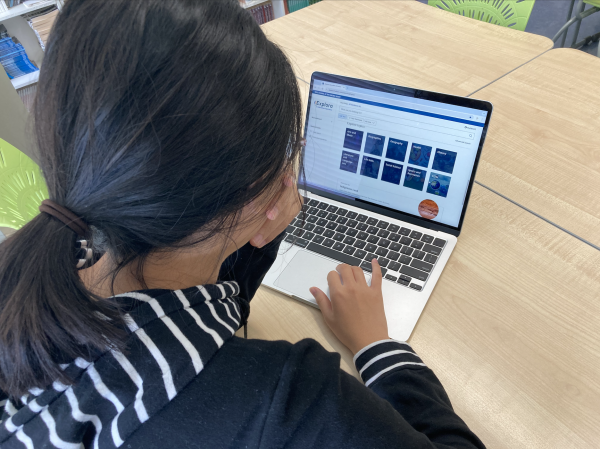
Along with this, libraries are bringing in more digital media to their collections. Mr. Aaron Paulson (MS/HS Librarian at ISSH) states how “the [library’s] mission has changed from being traditional book lending places to information hubs.” School libraries have also adapted to online databases and ebook websites. The online databases are especially helpful in providing more information to the students and assisting in their research. Here at ISSH, our library is moving towards digital resources with new subscriptions to e-resource providers such as EBSCO and Wheelers Consortium. Other international schools in Kanto such as Yokohama International School and The British School in Tokyo also use Wheelers Consortium, while The American School in Japan and Seisen International School use Sora.
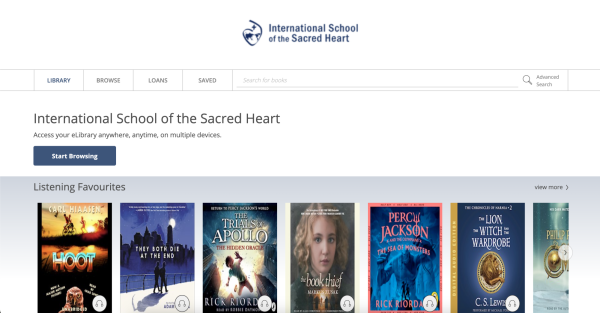
Although more schools are beginning to use ebooks, a major concern is how drastically different ebooks feel from physical books. Mr. Paulson said that “the quality of experience is not as good when it is electronic,” which is sometimes a deterrent among readers. Physical books have the upside of being less straining on the eyes, making a pleasant, and more calming experience, where readers can be immersed in the story. In contrast, Ms. Hashimoto said how the experience doesn’t change for her saying, “I’ve gotten so used to reading on my phone that I’m still able to dive into the book and be the main character and live it all out just the same.”
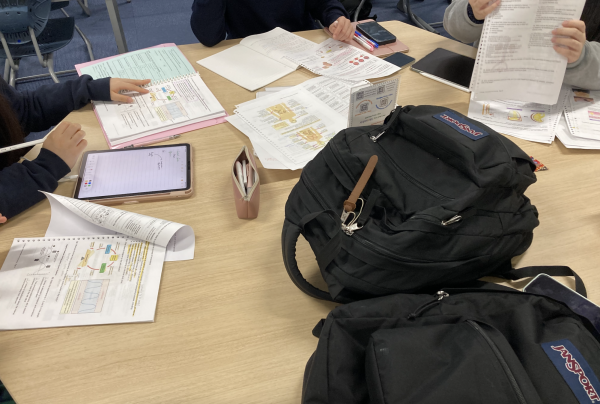
Even though ebooks may not be pleasing to everyone, their driving force is their practicality. ISSH has students from kindergarten to grade 12, with ebooks being a practical replacement for these ages. Older students, who carry their phones everywhere, can access ebooks wherever they are. In addition, kindergarten and junior school students who forget their library books at home, can still check out and read other books digitally. Students are also busy with school work, so borrowing books digitally is easier and takes up less time than in person. With the new ebook databases at ISSH, Mr. Paulson said, “more people will take advantage of the library again.”
On the other hand, not all of the kindergarten and junior school students have phones or laptops, so they would be unable to use ebooks. For this, physical books are important so that reading material can be accessible to all students. While it is less of a problem at ISSH, Ms. Hashimoto said that after working at some underprivileged schools, “a lot of people didn’t have the internet at home… and in that case, the library with the physical books is actually really important.” Despite this, ebooks still allow a larger number of students to access books overall.
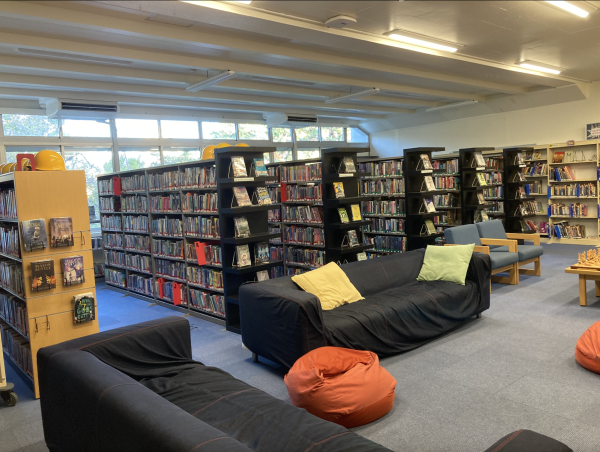
With larger ebook catalogs at ISSH, the number of physical books in the library is going to eventually shrink. The building plan for the middle and high school area will have effects on the library as Mr. Paulson said, “I would expect that the library would probably be physically smaller.” On the other side of campus in the K/JS library, Ms. Hashimoto said, “It kind of makes me nervous how tight some of the spaces are.” Having space in the library is important for the students to be able to read and move around, as well as work together in collaboration. For students who may use crutches or wheelchairs, space to move around the books is important, so they can still access them.
As well as making media more accessible to people, digitalization makes it much easier and cheaper for books to be published. While moving online may be cost-effective for authors, libraries are unclear as to whether it will increase or decrease expenses. With physical books, libraries have had to worry about damages, such as ripped pages and stains that would need to be replaced. Ebooks remove these extra expenses as the book cannot be physically damaged. Ebooks can still be expensive, as Mr. Paulson explains that “you may be able to, say, lend that book out 20 times, and after the 20th time, you would have to renew it.” In the short term, ebooks may seem cheaper, but popular books have the possibility of becoming more expensive than their physical counterparts. Due to digital licensing being a new idea, it’s unclear as to whether this will save the libraries money or not.
The hope for the new digital resources at ISSH is that they will allow librarians and teachers to collaborate and help students with their research. With new online resources available, school libraries can now assist students in doing productive research. Ms. Hashimoto affirms that she “would love to be able to help the students be able to effectively research using the online resources that we have.”
With the new digital innovations at our fingertips, Mr. Paulson said “right now is actually a really good time for readers.”
